
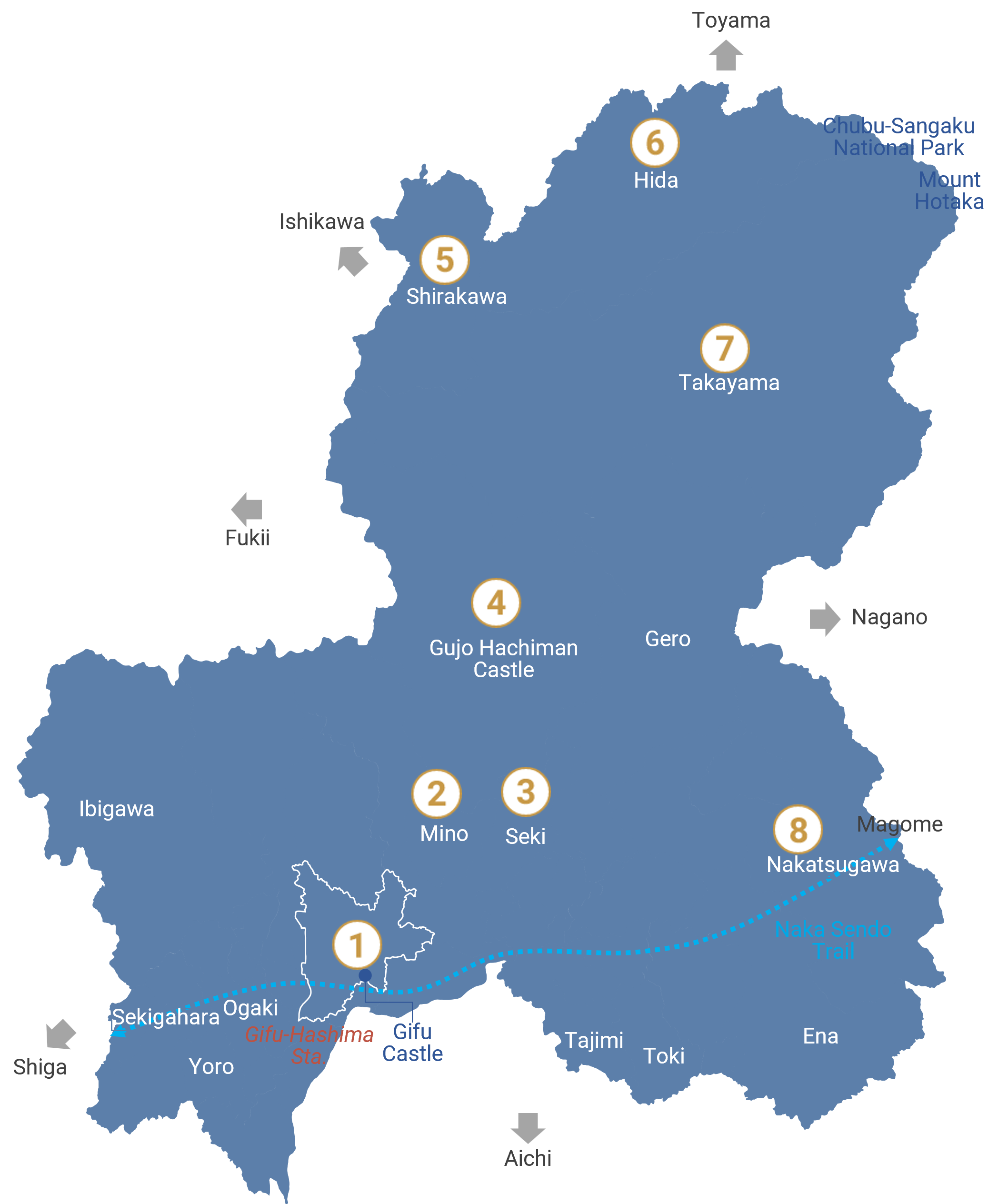
Gifu flourished as a political and cultural hub under Oda Nobunaga, who sought to unify Japan from Gifu Castle. With over 1,300 years of history, its traditions, including cormorant fishing on the Nagara River and renowned craftsmanship, are still preserved today
Video by Gifu City, © Gifu City.
A historical trading town, Mino became famous for Mino Washi, a traditional handmade paper dating back over 1,300 years. The town’s Edo-period merchant houses and thriving paper industry continue to preserve this cultural legacy
Video by Mino City, © Mino City.
Established as Japan’s leading sword-making center over 800 years ago, Seki perfected the craft of blade forging, blending beauty and functionality. The legacy of master swordsmiths lives on in its cutlery industry and annual sword festivals
Video by Seki City, © Seki City.
Developed as a castle town in the Edo period, Gujo Hachiman is renowned for its pristine waterways and lively Gujo Odori dance festival, which has been celebrated for over 400 years. The town’s harmony with nature and deep-rooted traditions remain unchanged
Video by Gujo Tourism Federation, © Gujo Tourism Federation.
Nestled in the mountains, Shirakawa-go is a UNESCO-listed village known for its gassho-zukuri farmhouses, which have stood for centuries. The region’s resilient lifestyle, shaped by heavy snowfall and deep traditions, remains alive in its architecture and seasonal festivals
Video by Shirakawa Village, © Shirakawa Village.
Nestled in the Northern Alps, Hida City is known for its master carpenters, traditional farmhouses, and rich rural culture. Its pristine water, Hida beef, and seasonal festivals continue to reflect its deep connection to nature and craftsmanship
Video by Hida City, © Hida City.
A mountain town with deep samurai-era roots, Takayama prospered as a merchant and cultural center under the Tokugawa shogunate. The town’s well-preserved streets, elaborate festival floats, and rich craftsmanship continue to embody its centuries-old heritage
Video by Hida Takayama Tourism and Convention Association, © Hida Takayama Tourism and Convention Association.
A historic post town on the Nakasendo Trail, Nakatsugawa thrived as a key stop for travelers between Kyoto and Edo since 1602. Known for its preserved streets, kuri kinton (sweet chestnut confectionery), and scenic spots like Naegi Castle Ruins, it remains a gateway to traditional Japan
Video by Nakatsugawa City, © Nakatsugawa City.
Originally built in 1201, Gifu Castle became a key strategic base under Oda Nobunaga (1534–1582), who took control in 1567 and used it as his headquarters in his campaign to unify Japan. The current reconstruction, completed in 1956, houses a museum detailing the castle’s history
Video by Gifu Convention and Visitors Bureau, © Gifu Convention and Visitors Bureau.
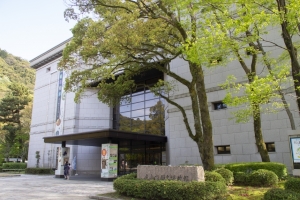
Located near Gifu Castle, the Gifu City Museum of History explores the region’s rich past, focusing on Oda Nobunaga’s rule in the 16th century. Opened in 1985, it features exhibits on samurai culture, castle history, and traditional crafts, offering insights into Gifu’s historical significance
View on Google MapsLocated in Gifu Prefecture, Yoro Park is renowned for Yoro Falls, selected as one of Japan’s top waterfalls. Developed in 1880, the park features scenic trails, cherry blossoms, and the Site of Reversible Destiny, an artistic landscape that challenges perception
Video by Yoro Park, © Yoro Park.
Established in 2005, this facility celebrates the 1,300-year-old tradition of Mino washi paper, which has been produced since at least 702 CE, when it was first recorded in Japanese history
View on Google MapsSeki’s blade-making tradition dates back to the 13th century, when master swordsmith Motoshige settled in the area. The museum showcases samurai swords, kitchen knives, and modern precision cutlery, demonstrating how these techniques evolved over 700 years
View on Google Maps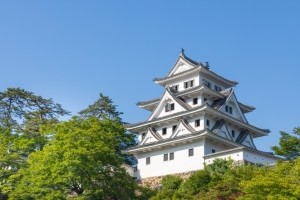
Originally built in 1559 by Endo Morikazu, this mountaintop castle was dismantled in 1871 during the Meiji Restoration. The current 1933 reconstruction faithfully replicates its original wooden design, making it Japan’s first post-Meiji castle reconstruction
View on Google MapsFounded in 1932 by Mr. Takizo Iwasaki, Iwasaki Model became Japan’s leading creator of realistic food sample models. These handcrafted replicas, once made for restaurant displays, are now admired worldwide as a form of art. Visitors can also join workshops to experience Japan’s unique craftsmanship
View on Google MapsDesignated as a UNESCO World Heritage Site in 1995, this village is known for its gassho-zukuri farmhouses, the oldest of which date back to the mid-18th century, though some structures have been rebuilt or maintained over generations
Video by Shirakawa Village, © Shirakawa Village.
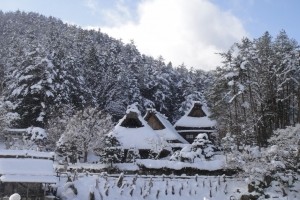
An open-air museum in Takayama, Hida no Sato (Hida Folk Village) preserves over 30 traditional farmhouses, the oldest dating back to the 18th century. With gassho-zukuri and thatched-roof homes, seasonal events, and craft demonstrations, it offers a glimpse into historic rural life in the Hida region
View on Google MapsThis government office was established in 1692 as the administrative center of the Takayama Domain under the Tokugawa shogunate. It remained in official use until 1871, making it the longest-serving Edo-period administrative building. The current structure has been preserved since the late 19th century
Video by Takayama Jinya, © Takayama Jinya.
On a conical mountainside in Nyūkawa, Takayama, Nichirin Shrine honors Amaterasu Ōmikami. The mountain itself is revered as the shintai, or sacred body, creating a spiritual atmosphere where nature and faith unite.
View on Google MapsEstablished in 1602, the Nakasendo Trail was a vital inland route connecting Kyoto and Edo. With 69 post towns, including Magome-juku and Tsumago-juku, it preserves the atmosphere of Edo-period travel, offering stone-paved paths, historic inns, and scenic mountain views
Video by Nakatsugawa City, © Nakatsugawa City.
Naegi Castle Ruins in Nakatsugawa overlook the Kiso River. Built in the late 16th century, the castle is famous for its stone walls blending with natural rocks. From the mountaintop site, visitors can enjoy panoramic views and traces of this impressive mountain fortress
Video by Nakatsugawa City, © Nakatsugawa City.
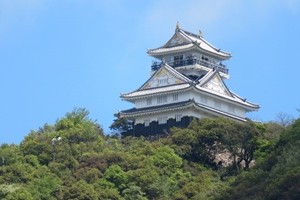
Gifu Castle’s home since 1201, this 329-meter peak has long been a natural fortress. A ropeway was added in 1955, making it more accessible to visitors
View on Google MapsFirst mentioned in a travel guide from 1811, Gero Onsen was ranked among Japan’s top three hot springs in a 1661 travel guide, alongside Arima Onsen (Hyogo Prefecture) and Kusatsu Onsen (Gunma Prefecture). Known for its smooth, mineral-rich waters, Gero has been praised for its skin-rejuvenating properties and continues to attract visitors seeking relaxation and traditional ryokan experiences
Video by GERO-SPA, © GERO-SPA.
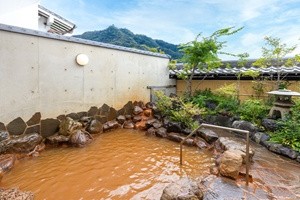
A tranquil hot spring retreat along the Nakasendo Trail, Nakatsugawa Onsen has welcomed travelers since the Edo period. Known for its clear, mineral-rich waters and traditional ryokan, it provides a relaxing escape amid Nakatsugawa’s natural beauty
Photo by ISHIKIN, © ISHIKIN.
Established in 1934, Chubu-Sangaku National Park protects the Hida Mountains (Northern Alps), home to Mt. Hotaka and Mt. Tateyama. Known for alpine scenery, diverse wildlife, and outdoor activities, it offers hiking, hot springs, and stunning seasonal landscapes, attracting nature enthusiasts year-round
Video by Ministry of the Environment, © Ministry of the Environment.
While many countries preserve diverse regional cuisines, Japan also offers its unique culinary journey. This video highlights select dishes, showcasing distinct local specialties and historical influences in the region
Video by Ministry of Agriculture, Forestry and Fisheries, © Ministry of Agriculture, Forestry and Fisheries.
Renowned for its rich marbling and delicate texture, Hida Beef has been prized since receiving top-grade recognition in 1981. Raised in Gifu Prefecture for at least 14 months, it rivals Japan’s finest wagyu, offering an exceptionally tender and flavorful dining experience
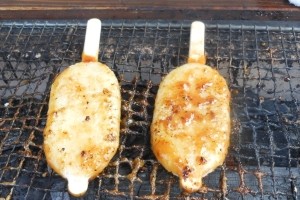
A regional specialty of central Japan, Gohei Mochi is a skewered rice cake grilled with a savory-sweet glaze of miso, soy sauce, and walnuts. Traditionally eaten since the Edo period (1603–1868), it remains a beloved local snack, especially in the Hida and Kiso regions
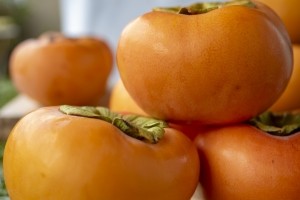
A specialty of Gifu Prefecture, Fuyu-gaki (Fuyu Persimmon) is known for its sweet, seedless flesh and smooth texture. Cultivated since the late 19th century, it is enjoyed fresh or dried, making it a celebrated autumn delicacy in Japan

JR CENTRAL, a division of the Japan Railways Group, primarily serves the Chubu region, including major routes such as the Tokaido Shinkansen connecting Tokyo, Nagoya, and Osaka. Its smart card, TOICA, enables seamless travel and cashless payments within its network. However, it's region-specific and cannot be used for inter-JR region travel, except for special Shinkansen deals via Express Reservations

JR CENTRAL offers various ticket deals catering to different travel needs in eastern Japan. Find your best from the above link
The Hida-Takayama Sightseeing Bus offers convenient access to Takayama’s key attractions, including Hida no Sato, Takayama Old Town, and Matsuri no Mori. Operating on scenic routes, it provides an easy way for visitors to explore the region’s cultural and historical landmarks
BrochureGifu Prefecture, in Japan’s Chubu region, has long been a strategic crossroads for travel, trade, and warfare. Its capital, Gifu City, is known for Gifu Castle, once a base of Oda Nobunaga. The prefecture also hosted the Battle of Sekigahara in 1600, a turning point in Japan’s political history. Gifu is renowned for Hida woodworking and Mino washi, a traditional paper with over 1,300 years of history, reflecting a legacy of enduring craftsmanship.
Video by Gifu Prefecture Tourism Federation, © Gifu Prefecture Tourism Federation.